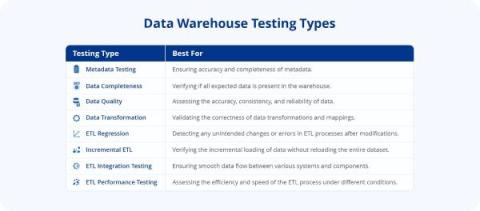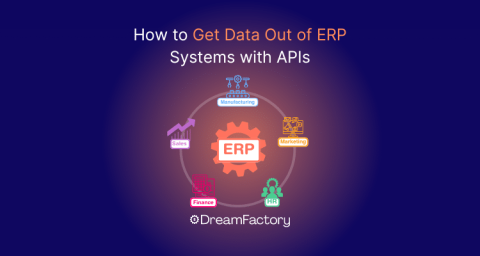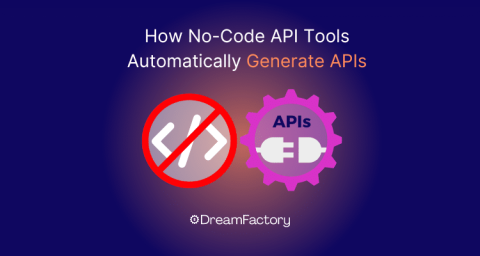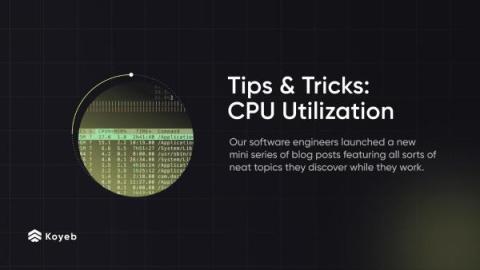Data Warehouse Testing: Process, Importance & Challenges
The success of data warehouse solutions depends on how well organizations implement test cases to guarantee data integrity. As organizations evolve, data warehouse testing becomes crucial to adhere to industry best practices.











